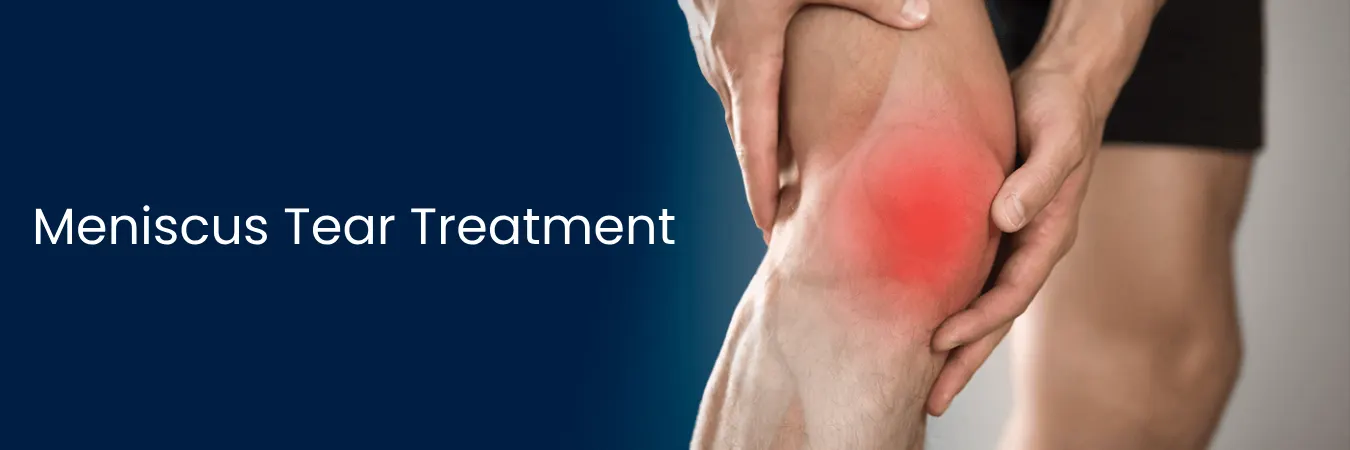Treatment for a meniscus tear varies based on factors such as tear location, size, severity, patient age, and activity level. For minor tears, conservative approaches like rest, ice, physical therapy, and the use of knee braces may effectively manage the condition. In more severe cases, surgical intervention may be required to repair or remove the torn portion of the meniscus.
Meniscus tears are often categorized into different grades, ranging from Grade 1 (minor fraying) to Grade 3 (complete tear). The choice of treatment and recovery plan hinges on the tear's severity. Grade 1 tears can often be managed conservatively, while Grade 3 tears may necessitate surgery. Seeking prompt medical evaluation is crucial for proper care and recovery.
Diagnosing a meniscus tear involves a thorough physical examination conducted by an orthopedic surgeon to assess the tear's extent. The doctor will inquire about symptoms, pain intensity, prior injuries, and more. Additionally, diagnostic tests such as MRI and X-ray may be recommended to visualize the torn meniscus tissues and rule out underlying bone issues.
Treatment options for a meniscus tear primarily include:
Surgical Treatment:
The most common surgical procedure for addressing a meniscus tear is knee arthroscopy. This minimally invasive surgery is performed under anesthesia and involves creating small incisions in the knee. An arthroscope, a surgical camera, is inserted to visualize the tear. Depending on the tear's location and severity, two primary surgical options are considered:
Meniscus Repair: This approach is suitable for tears in the outer region of the meniscus that have a good blood supply, allowing for potential natural healing. The torn portions are stitched together to facilitate healing. However, only a small percentage of tears qualify for repair due to limited blood supply.
Partial Meniscectomy: More commonly performed, especially for tears in the inner meniscus region with limited healing potential. During this procedure, the surgeon trims and removes damaged cartilage while preserving healthy tissue.
Following the procedure, the surgeon closes the incisions using stitches or surgical strips and applies a knee bandage for recovery.
It's important to note that the treatment approach will be tailored to each individual's specific condition and needs, and consulting a medical professional is essential for proper guidance.

